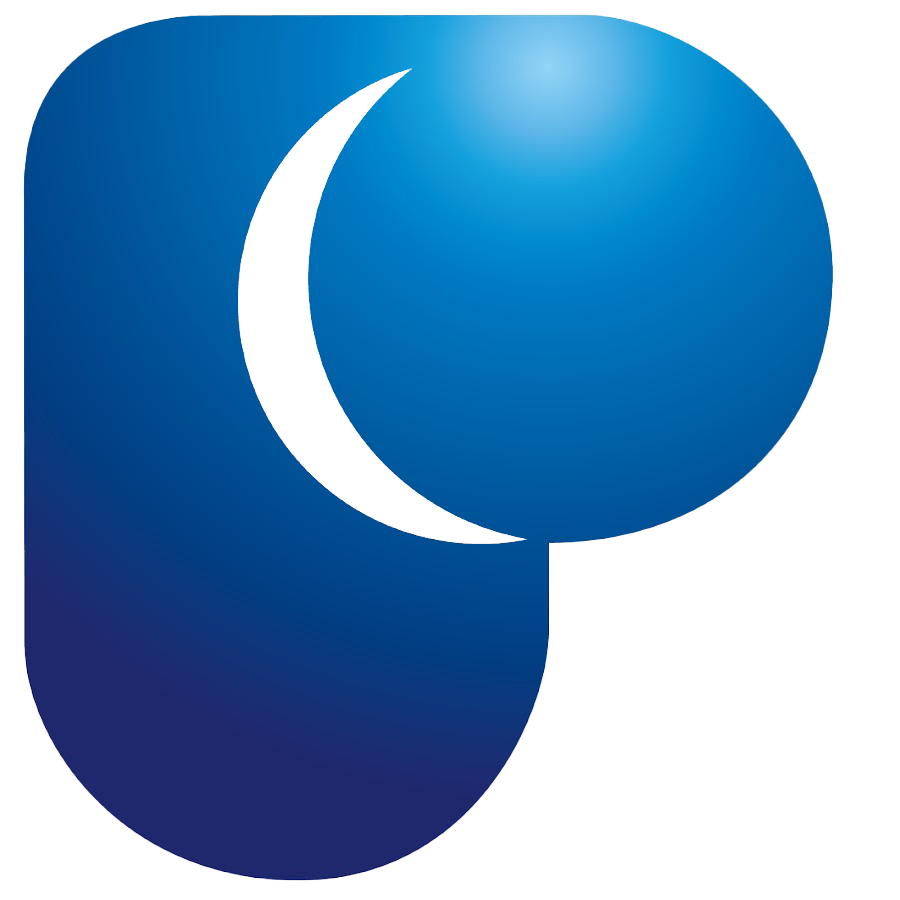
A stroke occurs when the blood supply to a part of the brain is stopped, preventing brain tissue from getting oxygen and nutrients. There are two main types of strokes: ischaemic and haemorrhagic stroke.
Ischaemic stroke is the most common type, accounting for about 87% of all strokes. It occurs when a blood vessel supplying blood to the brain is blocked. The blockage can be caused by a clot that forms in the brain (thrombotic stroke) or a clot that travels from another part of the body to the brain (embolic stroke).
A haemorrhagic stroke occurs when a blood vessel in the brain ruptures, leading to bleeding in or around the brain. This type of stroke can be more severe and requires immediate medical attention.
The diagnosis typically involves a combination of physical examinations, medical history evaluation and diagnostic tests.
Your doctor may request one or more of the following tests:
Treatment for a stroke depends on its type, severity, and timing. The goal of treatment is to restore blood flow to the brain, minimise brain damage, and manage any underlying conditions, including those related to heart disease in Malaysia, to prevent future strokes.
Ischaemic strokes occur due to blocked blood flow, while haemorrhagic strokes result from a ruptured blood vessel.
Yes, strokes can often be prevented by managing risk factors and adopting a healthy lifestyle. While not all strokes are preventable, especially those linked to genetic factors or certain medical conditions, many can be avoided by addressing modifiable risk factors like those associated with heart disease in Malaysia.
Call emergency services immediately and remember the acronym B.E.F.A.S.T. (Balance loss, Eyes (vision) changes, Face drooping, Arm weakness, Speech difficulties, and Time to call for an ambulance).
Many stroke survivors experience long-term effects such as mobility issues, speech difficulties, or cognitive changes, but rehabilitation can aid recovery.
Stroke is a medical emergency that requires immediate attention. Understanding the signs and symptoms of both ischaemic and haemorrhagic strokes, particularly for individuals at risk due to heart disease in Malaysia, can be lifesaving. If you or someone you know experiences sudden weakness, confusion, difficulty speaking, or a severe headache, it is crucial to seek medical care immediately. Early diagnosis and treatment can significantly improve outcomes and minimise long-term effects.
If you have questions about stroke prevention, contact us to book an appointment at your nearest Pantai Hospital to schedule a health screening or consultation with the team of expert neurologists at Pantai Hospitals to begin your journey towards better heart health today.
Pantai Hospitals have been accredited by the Malaysian Society for Quality in Health (MSQH) for its commitment to patient safety and service quality.

